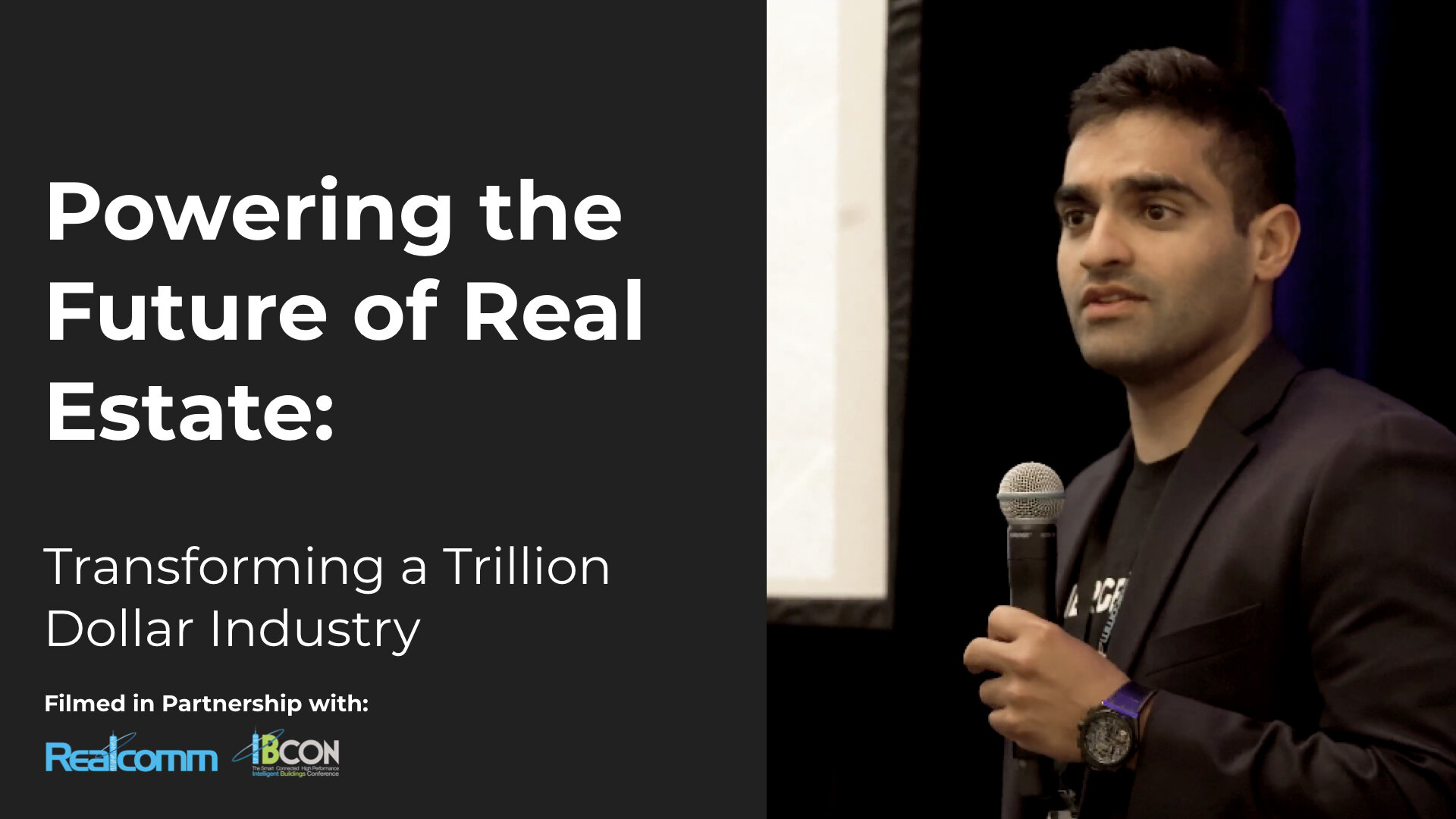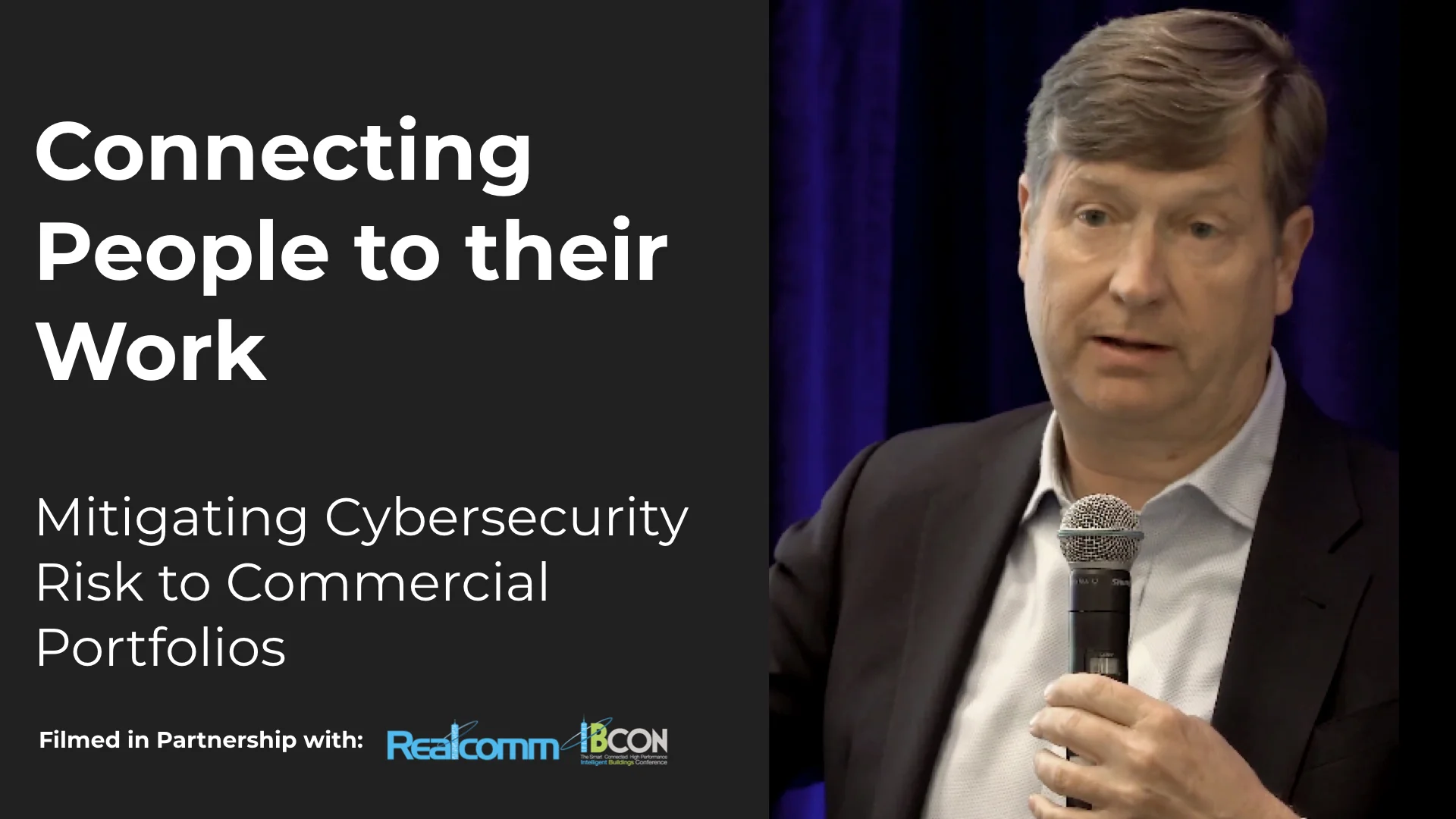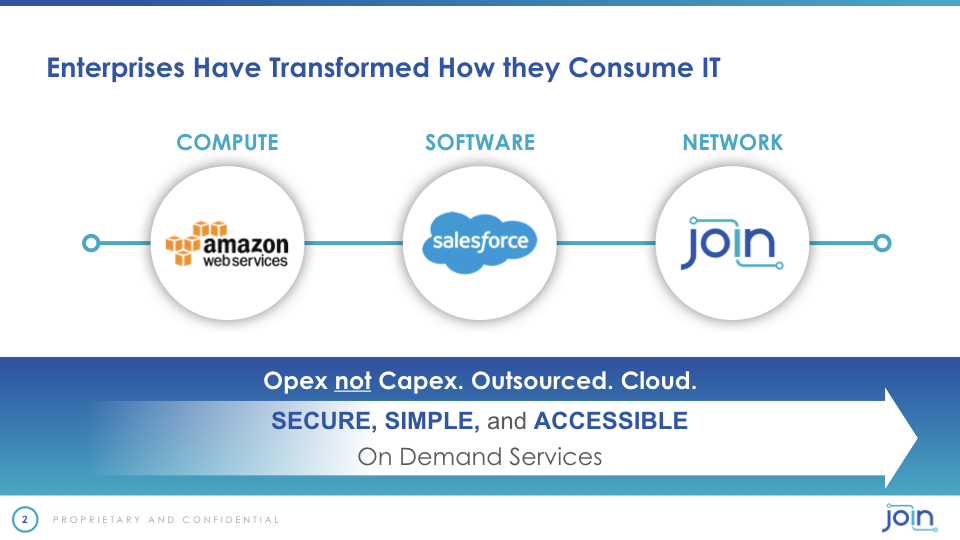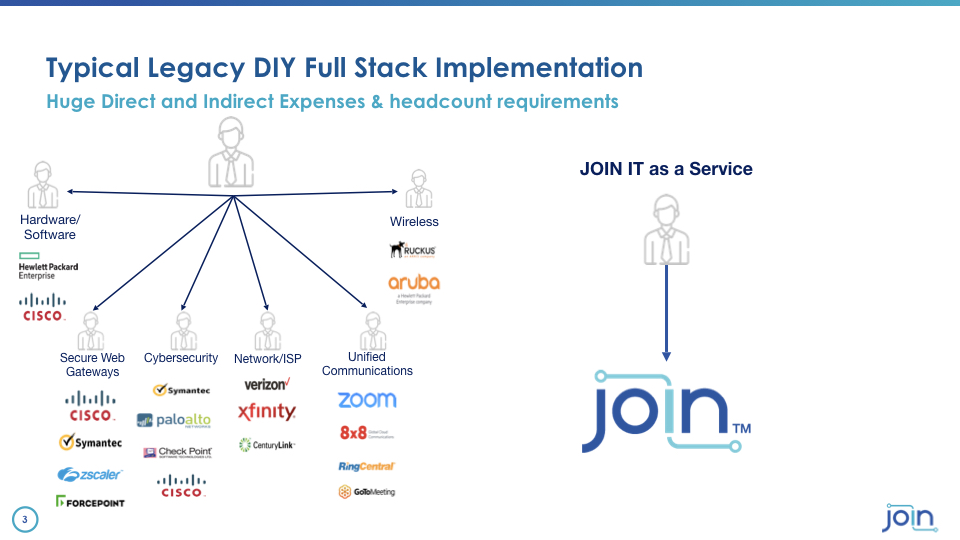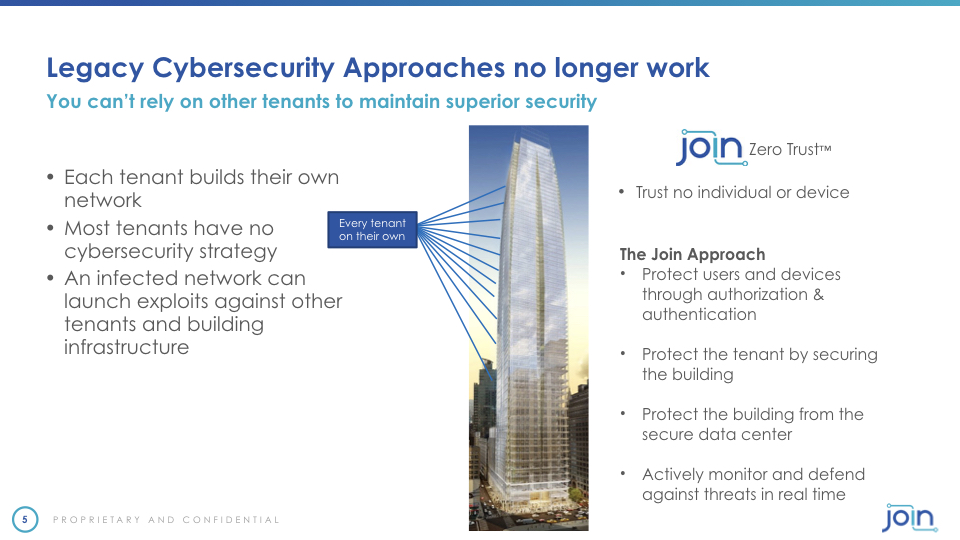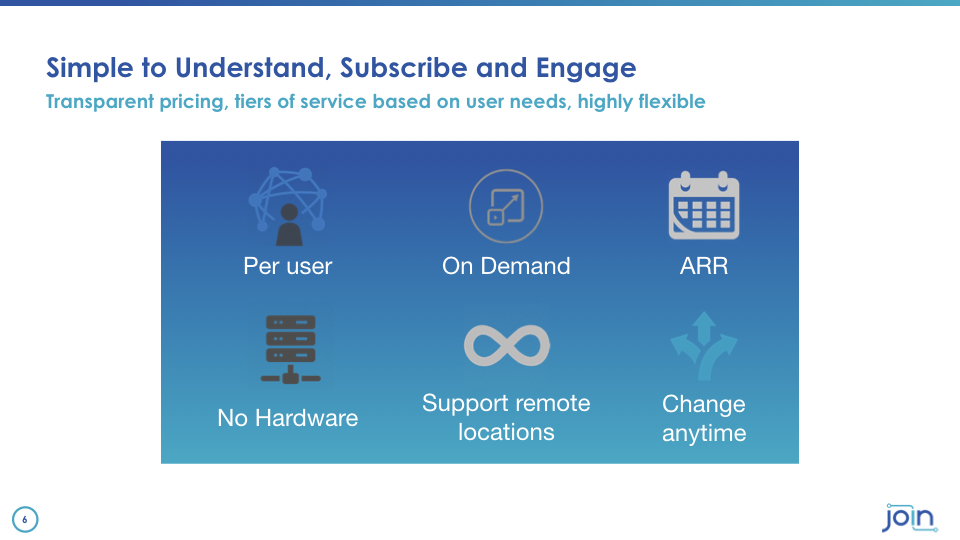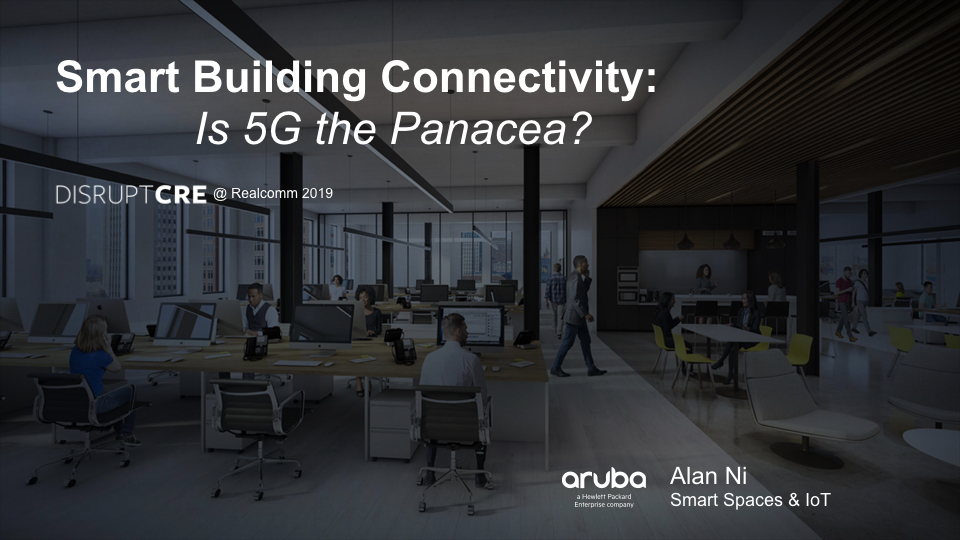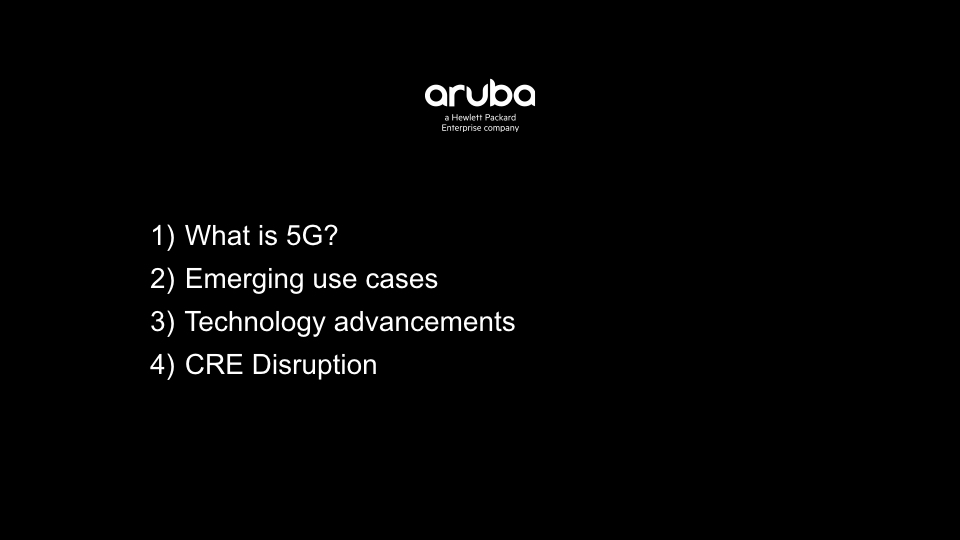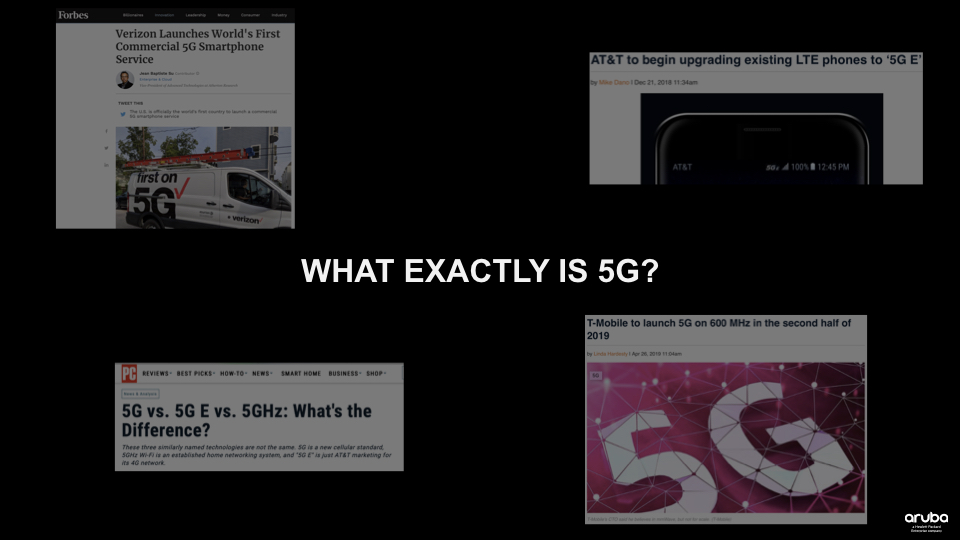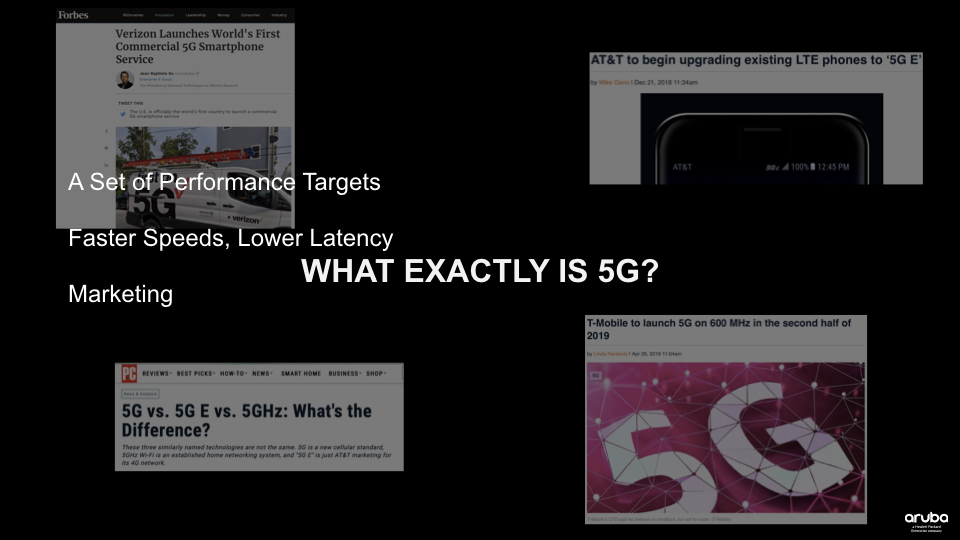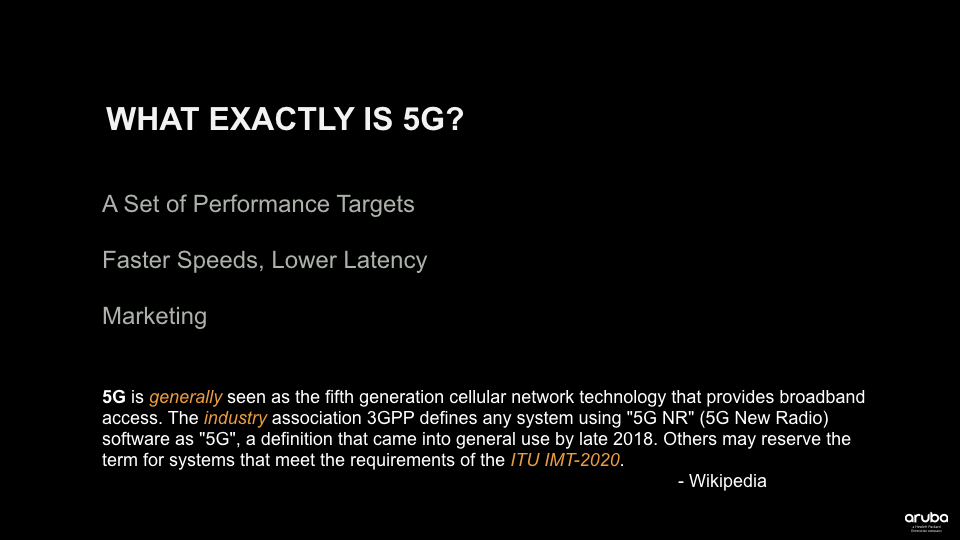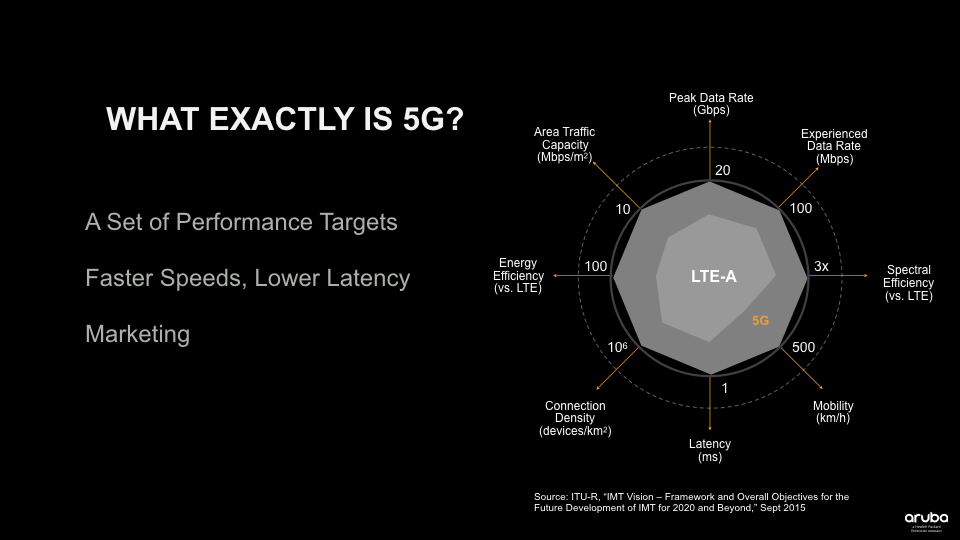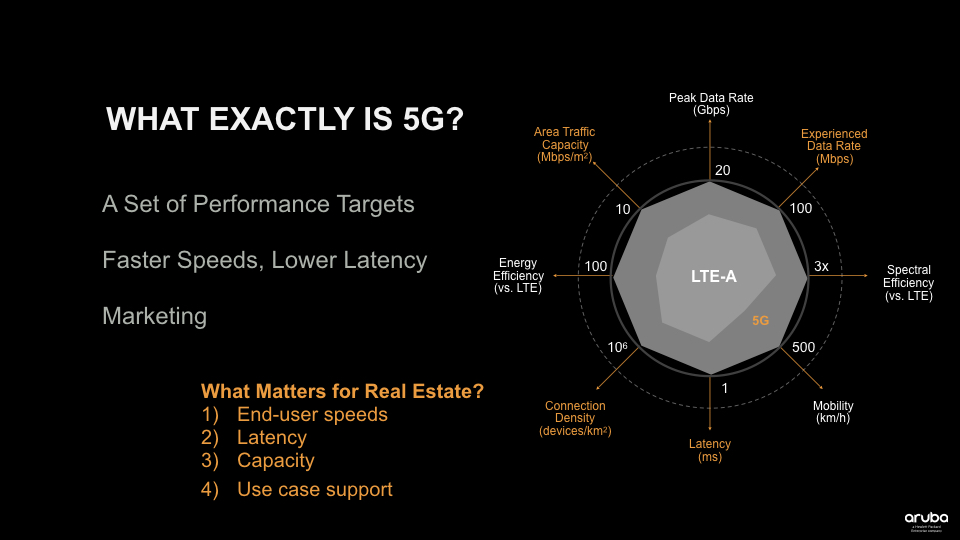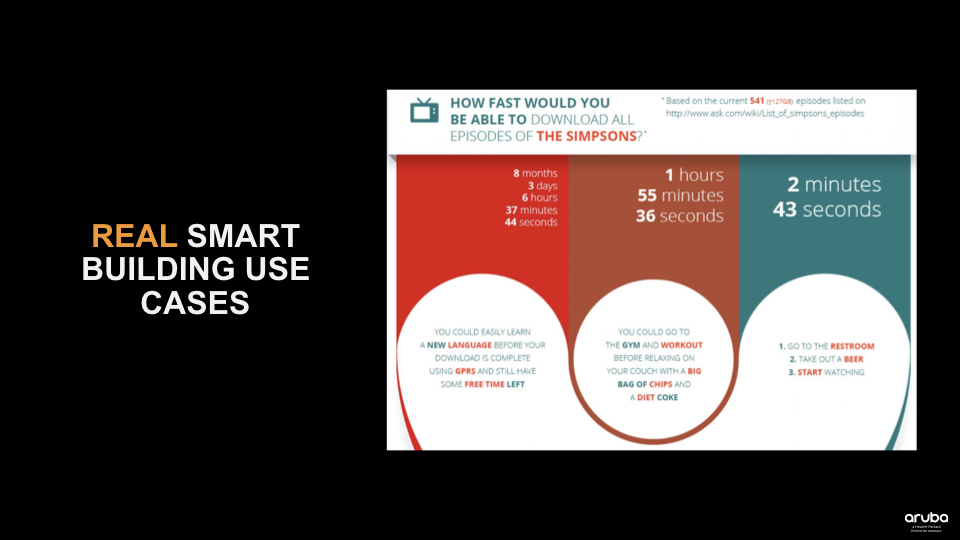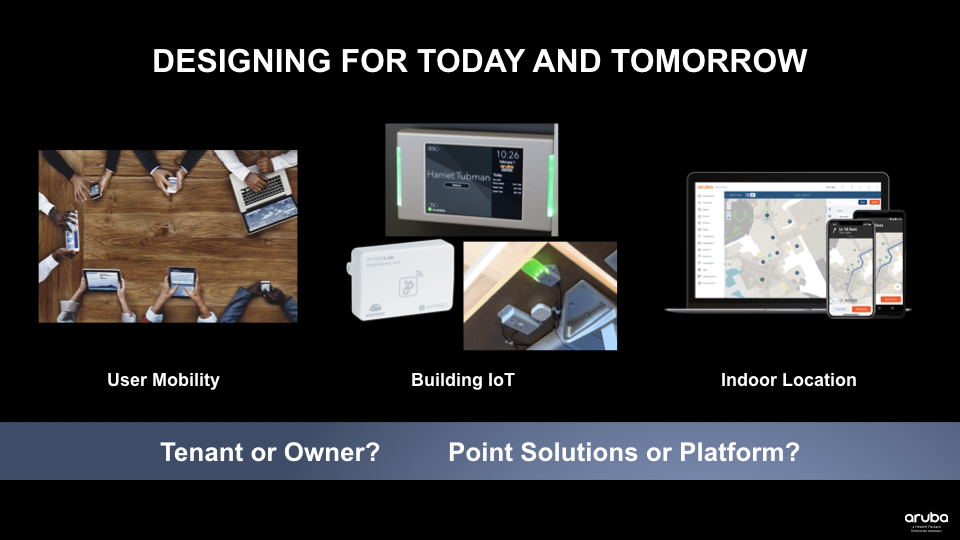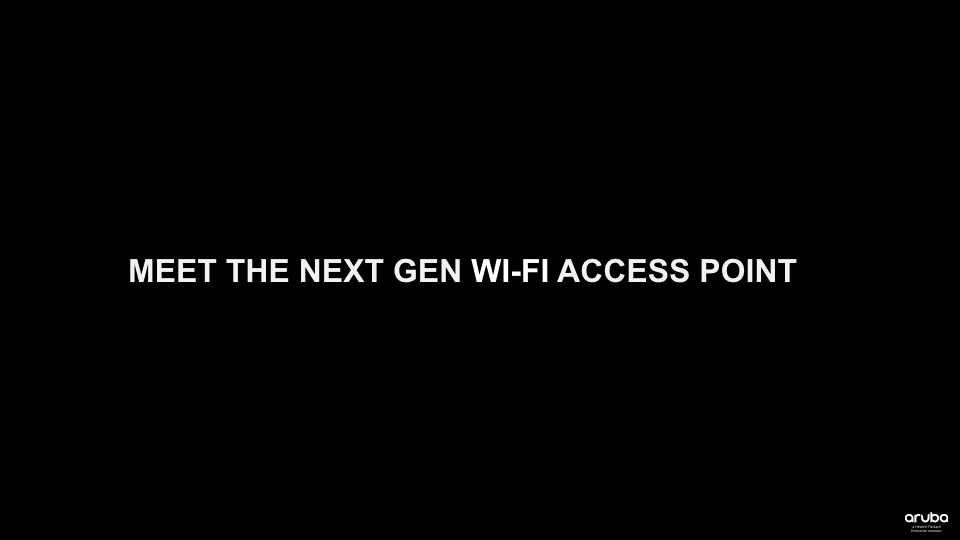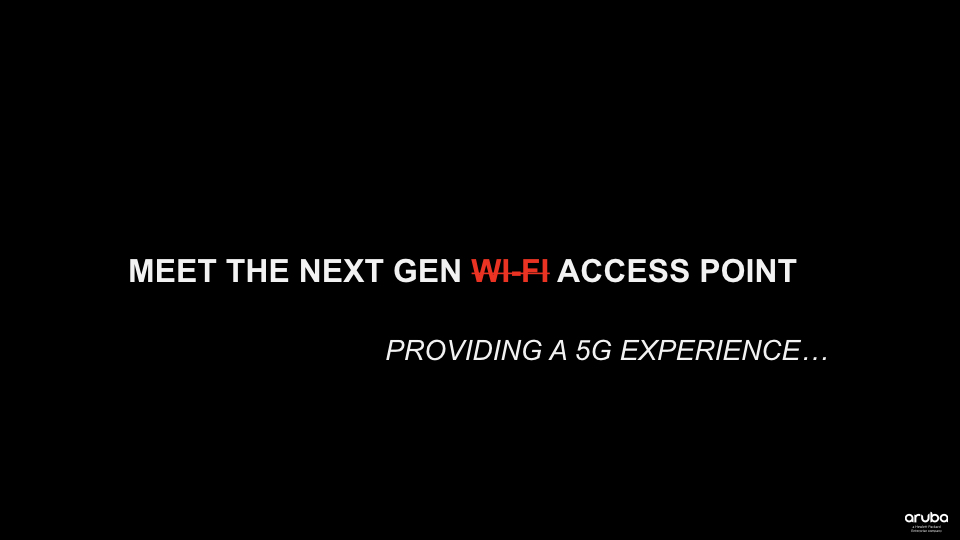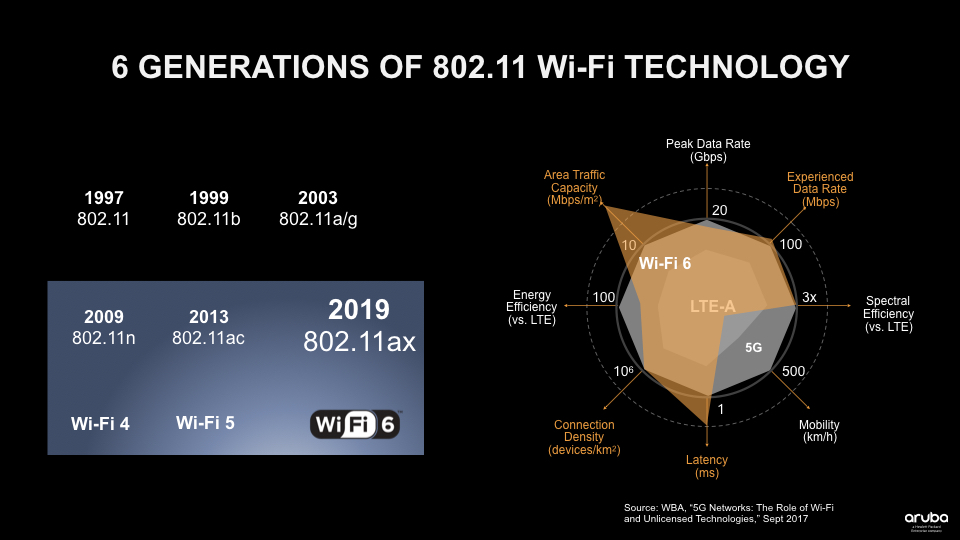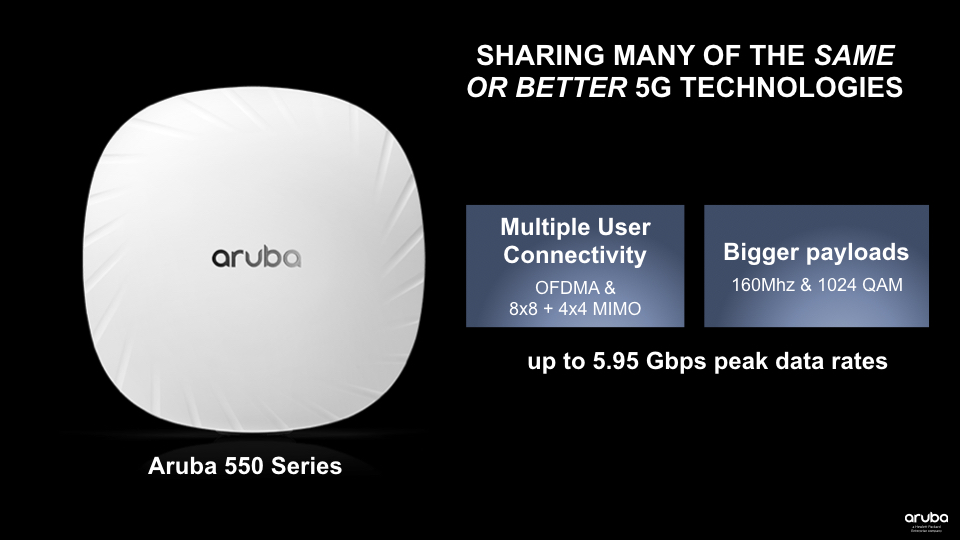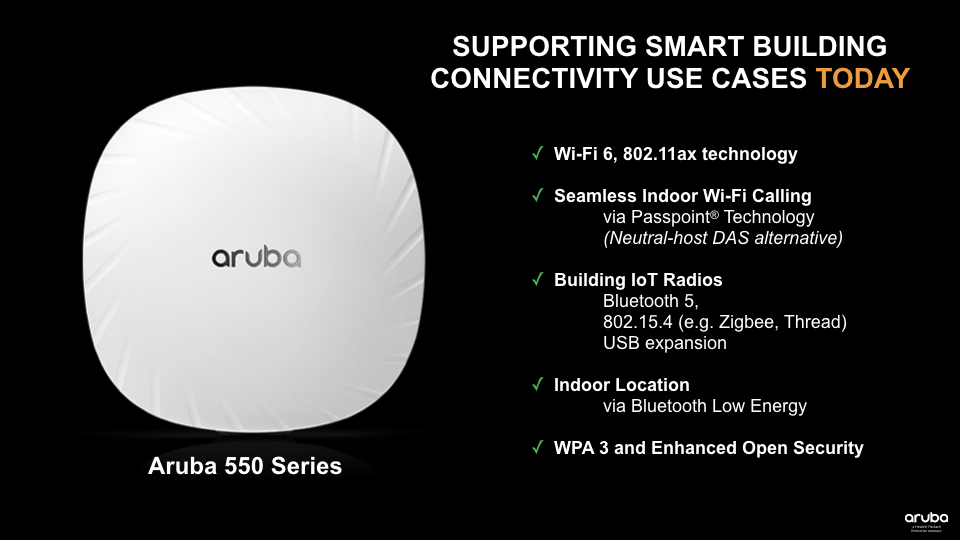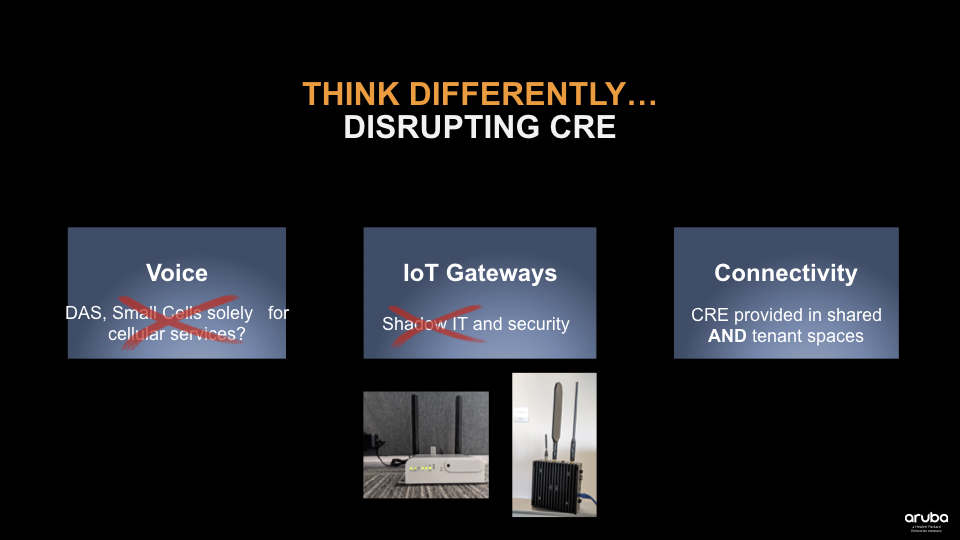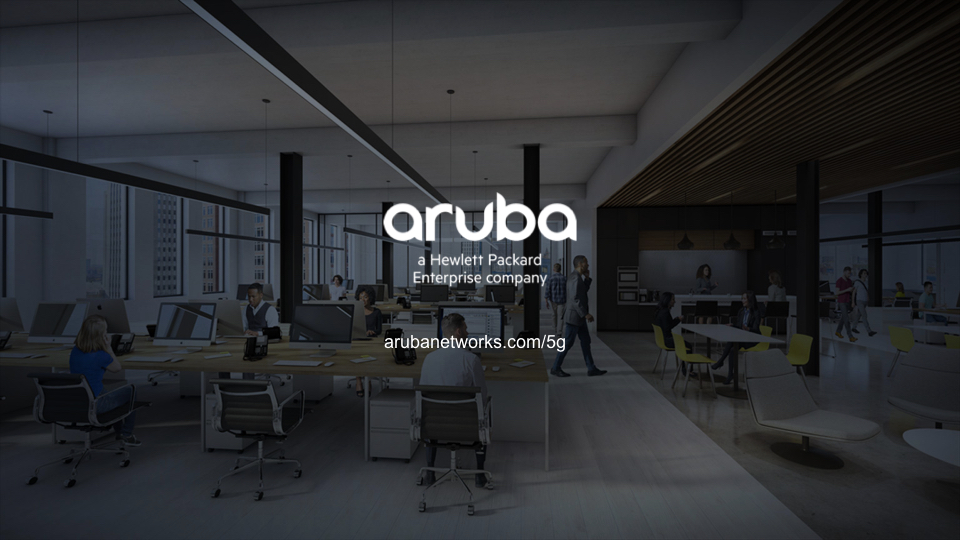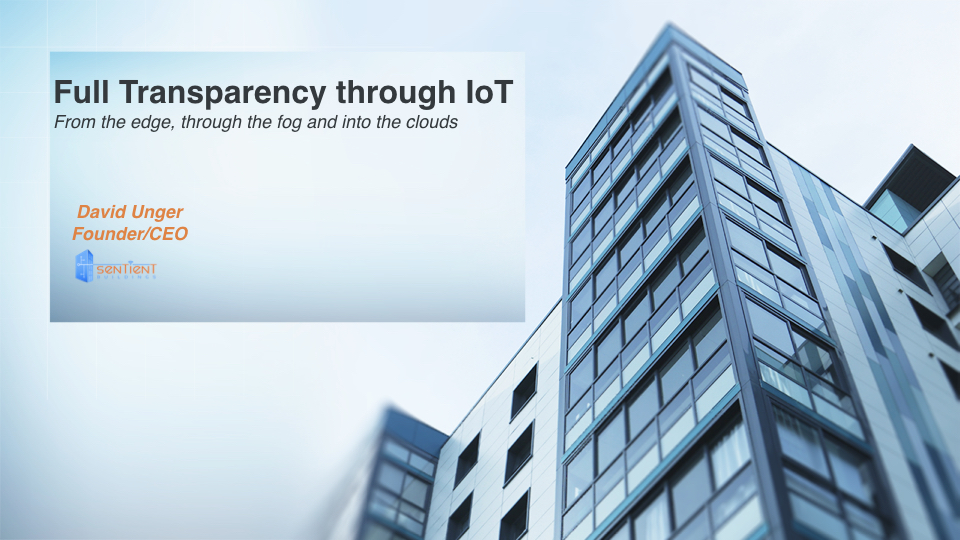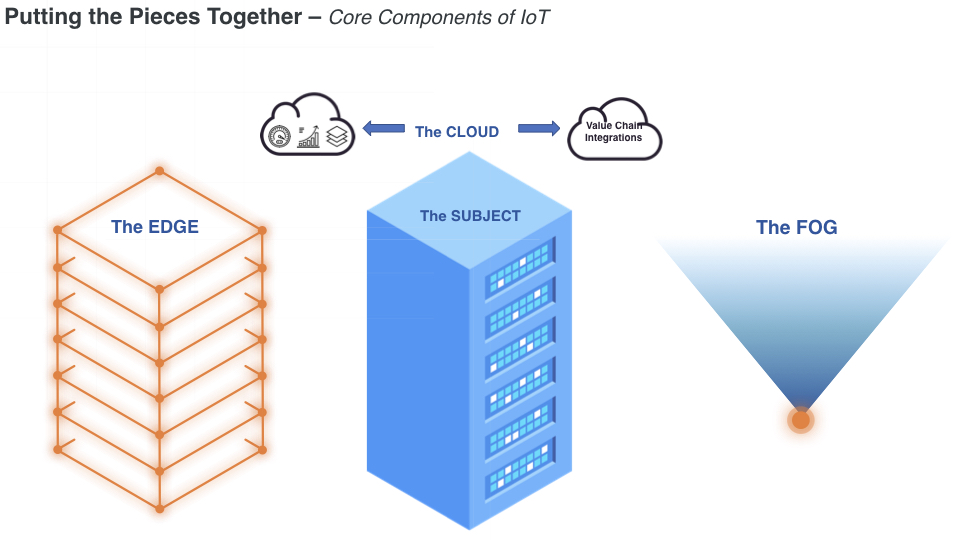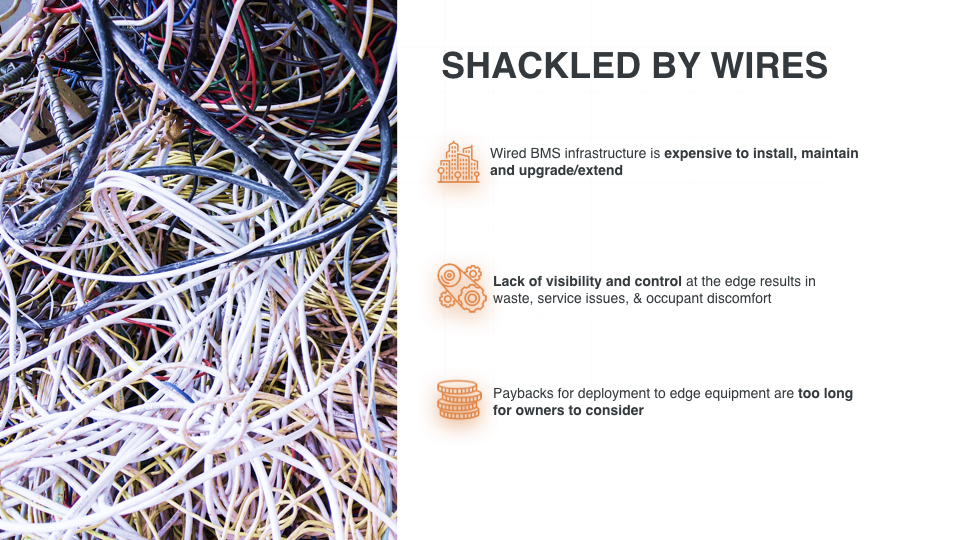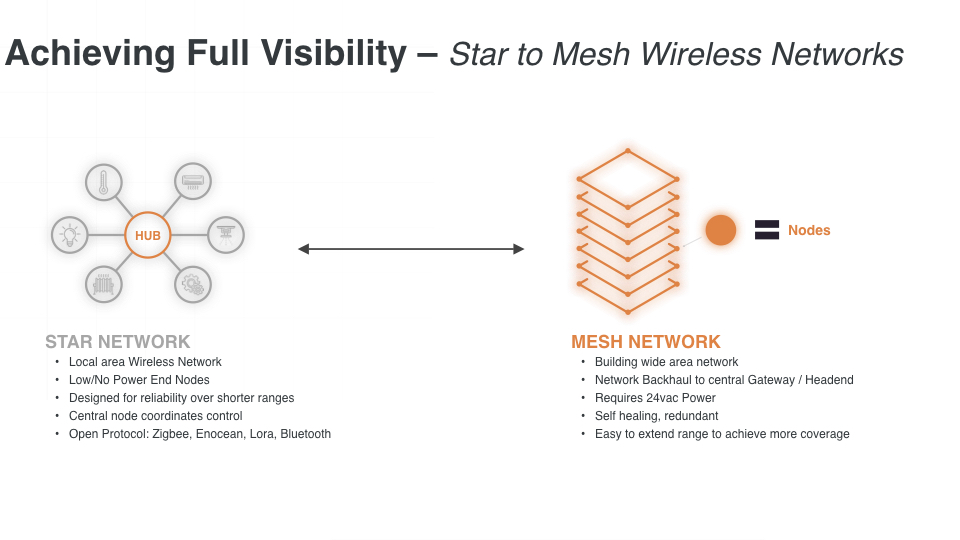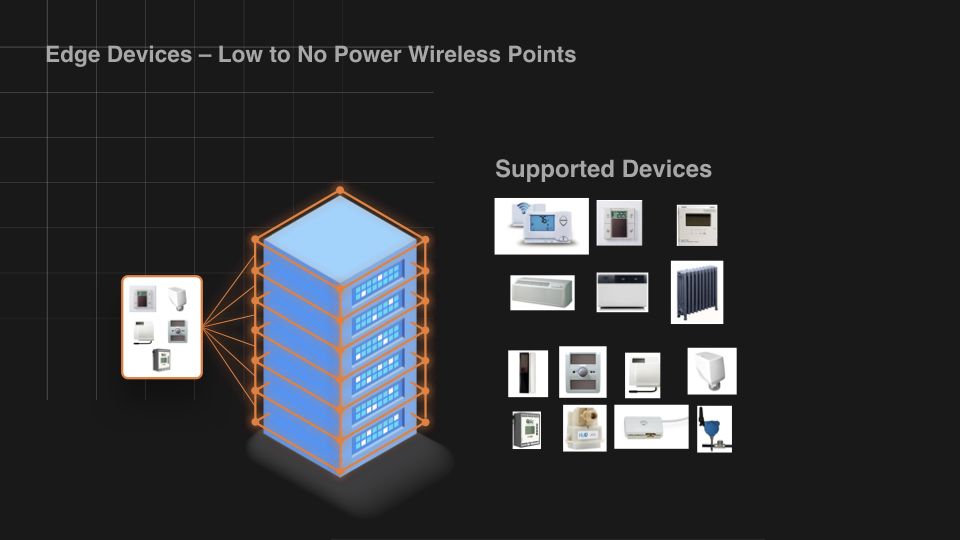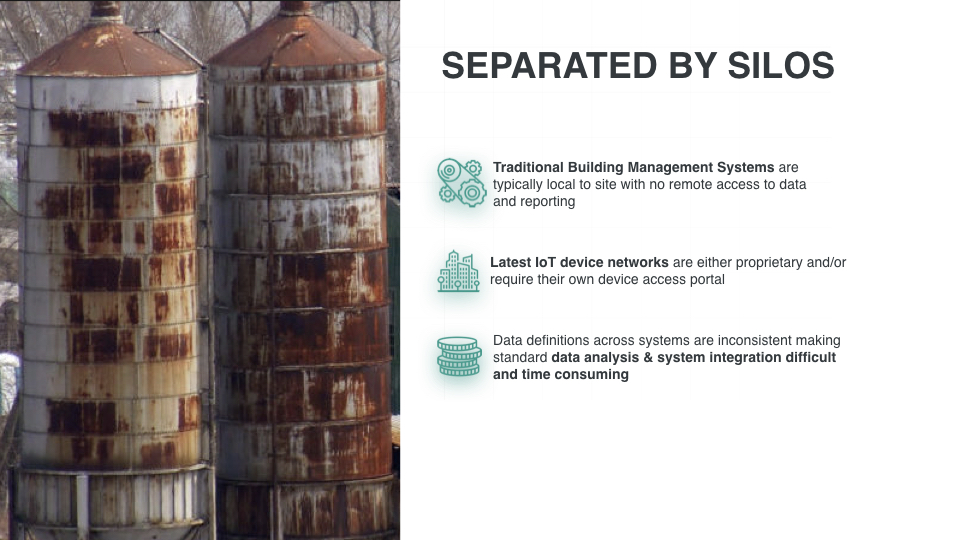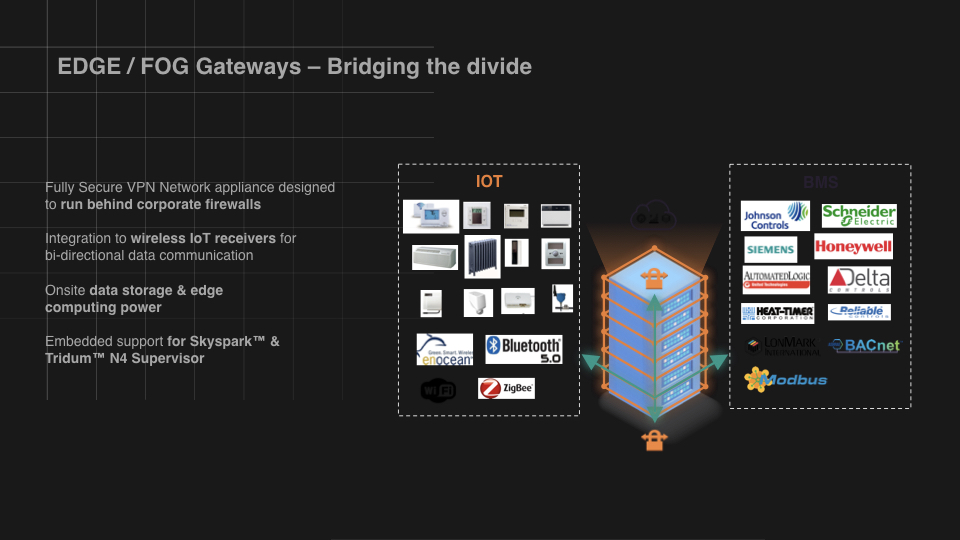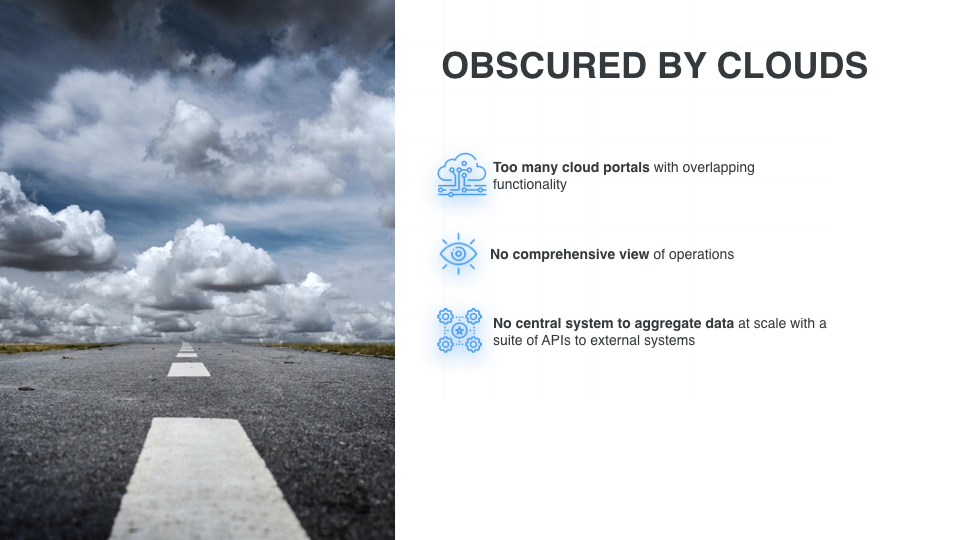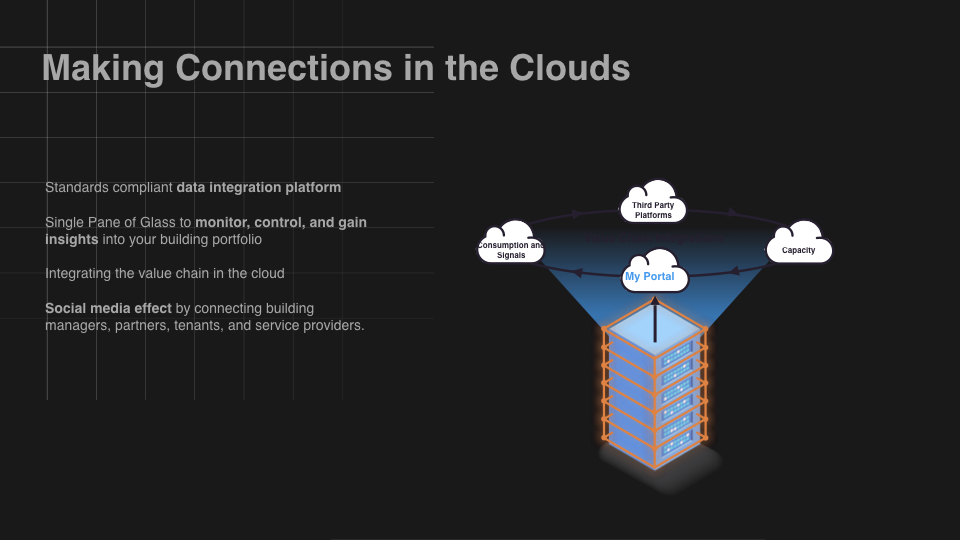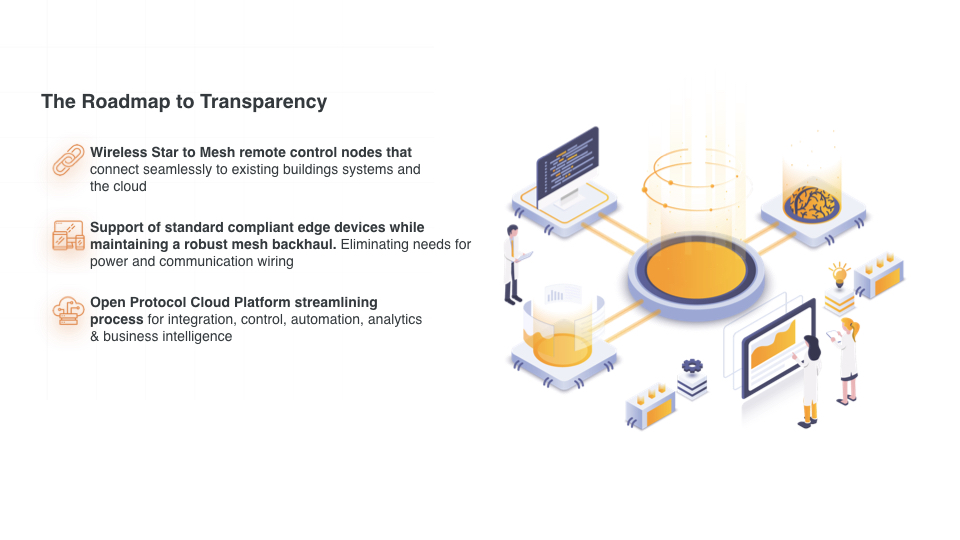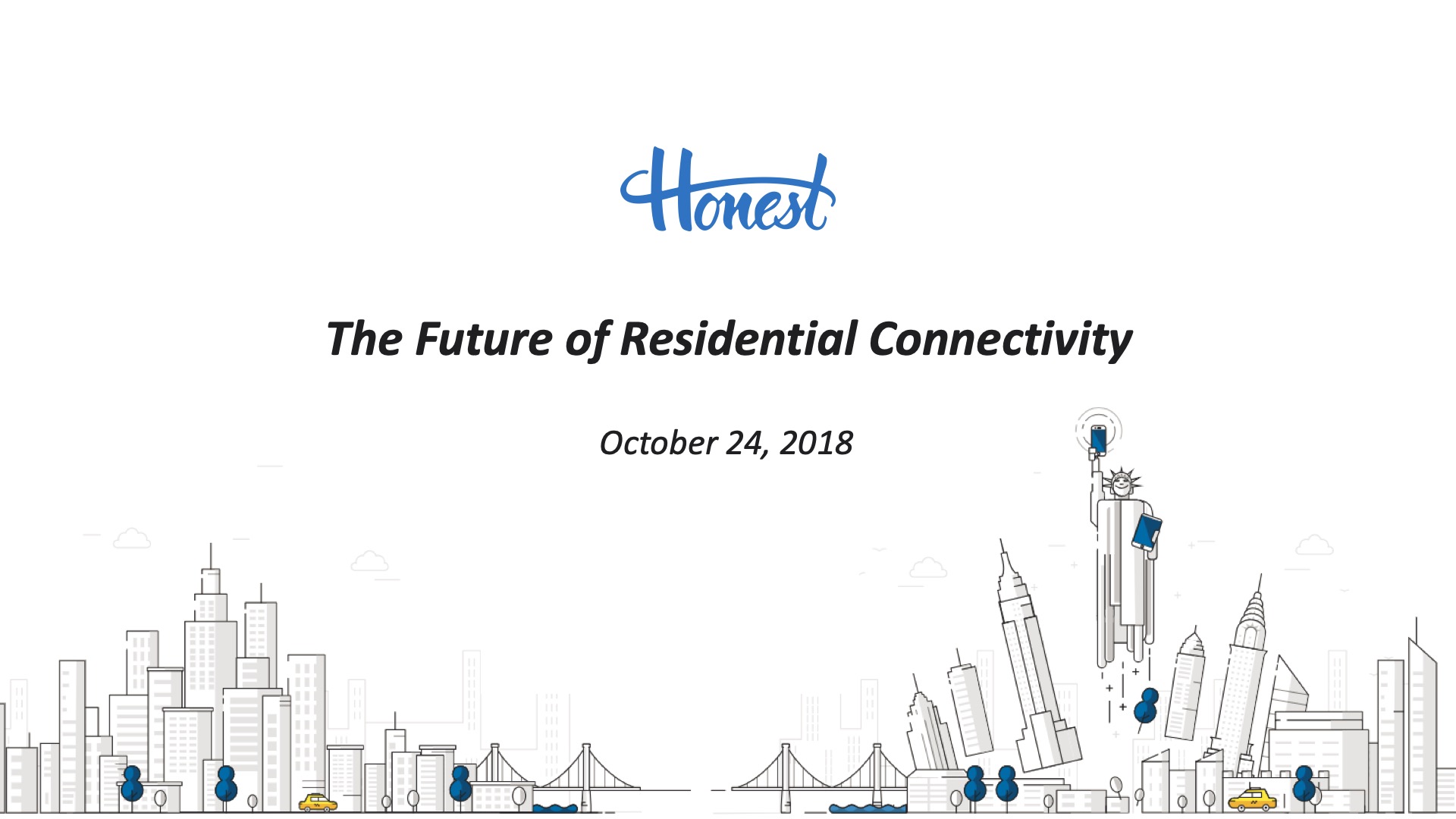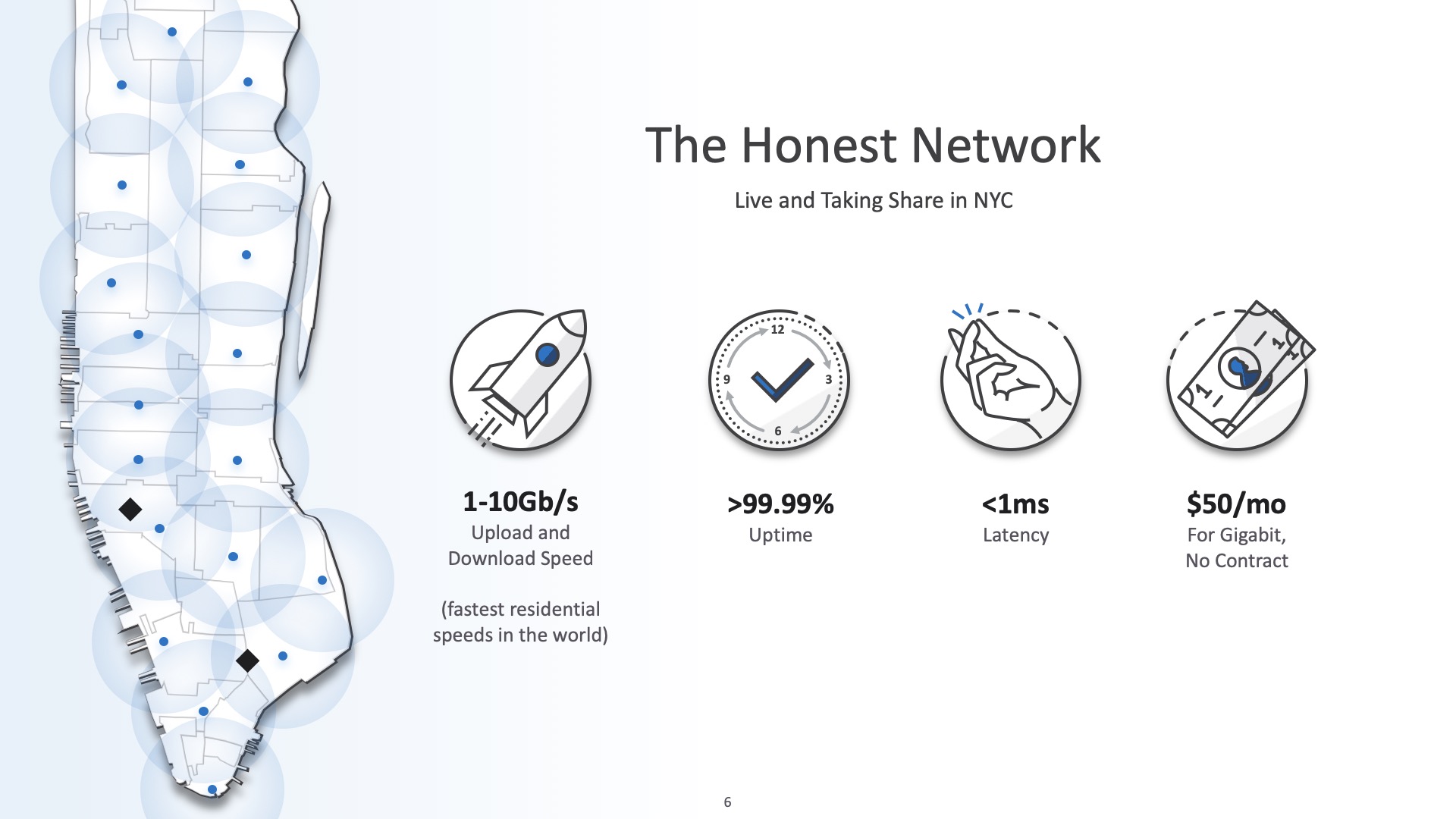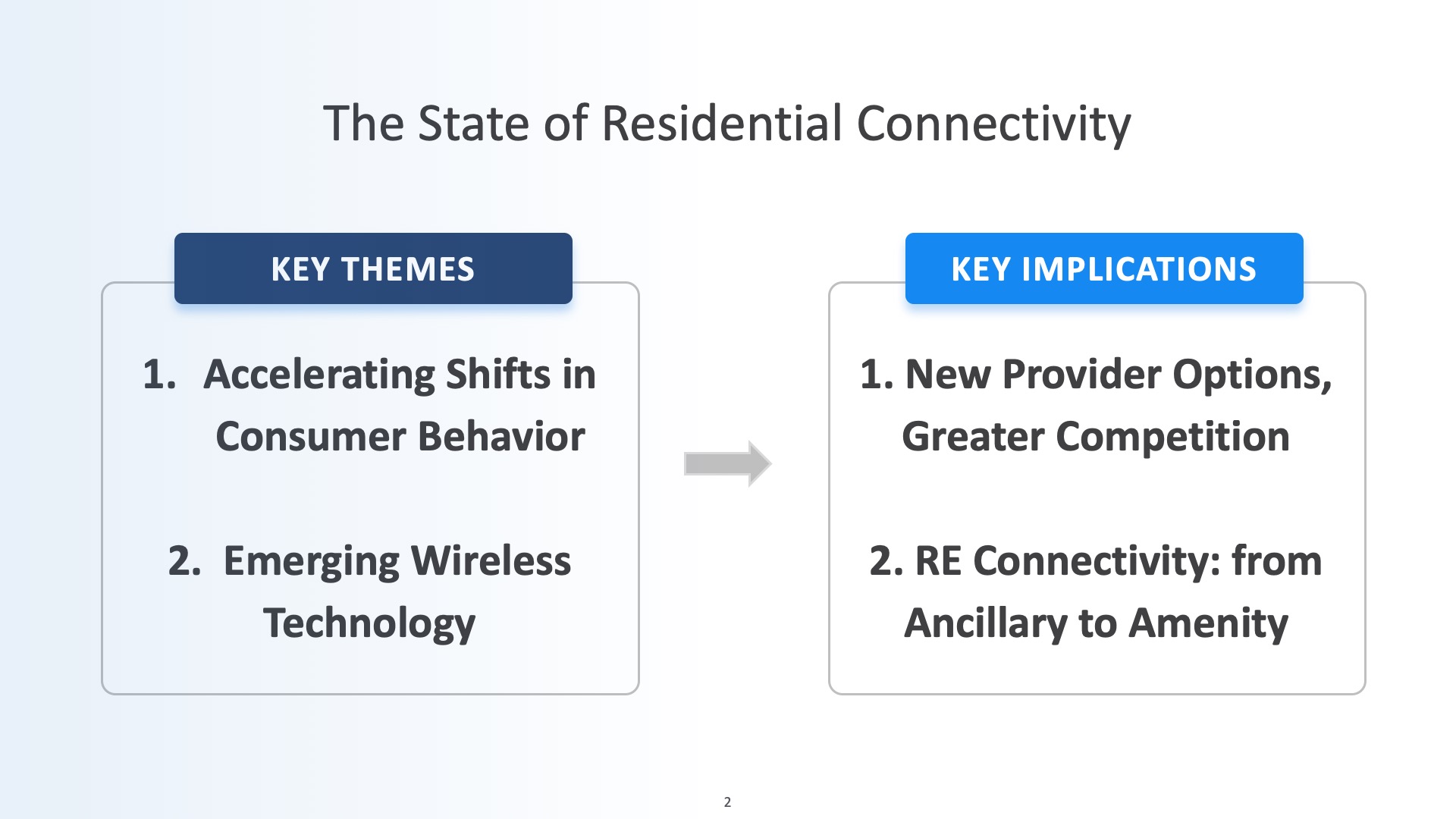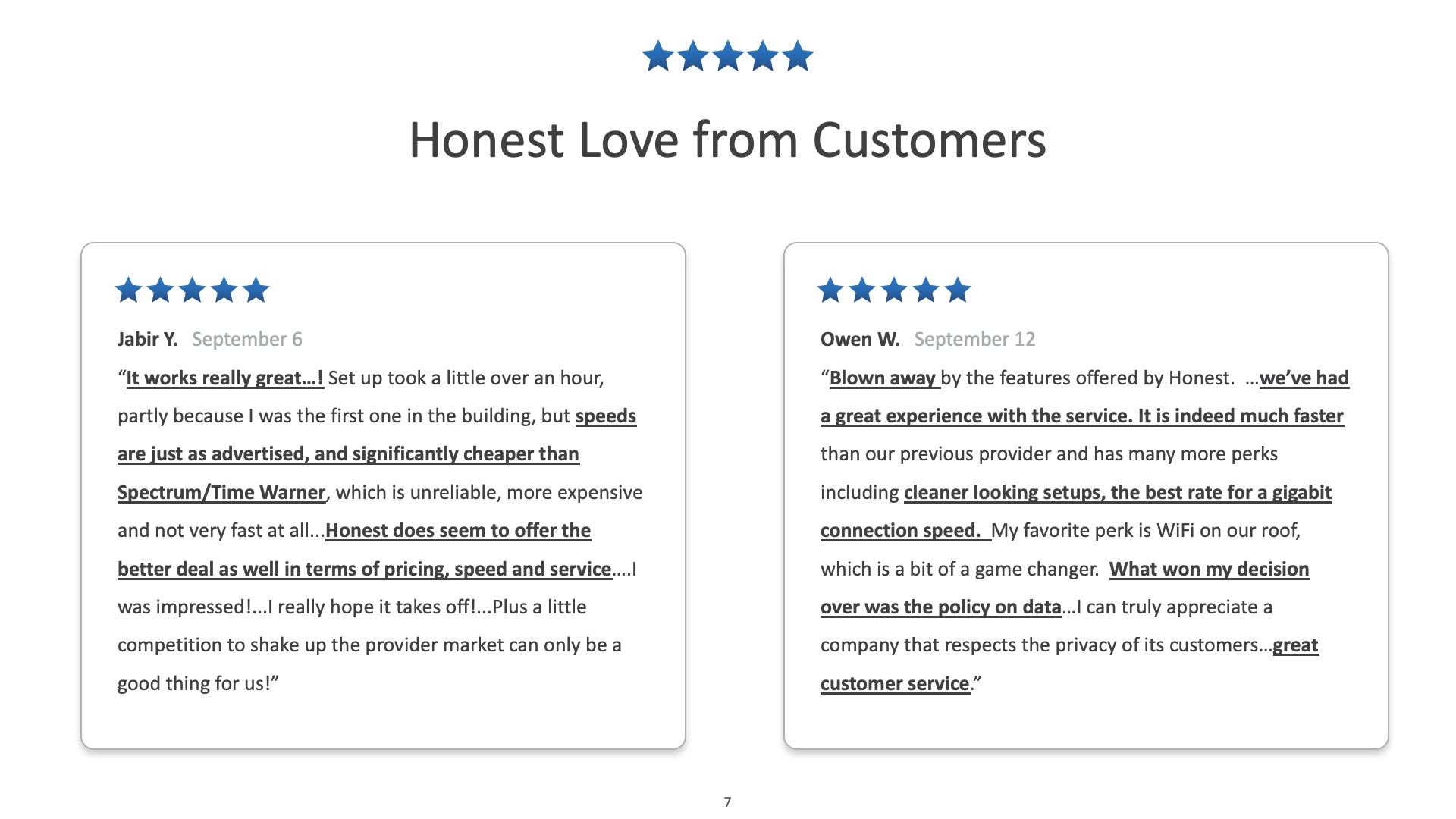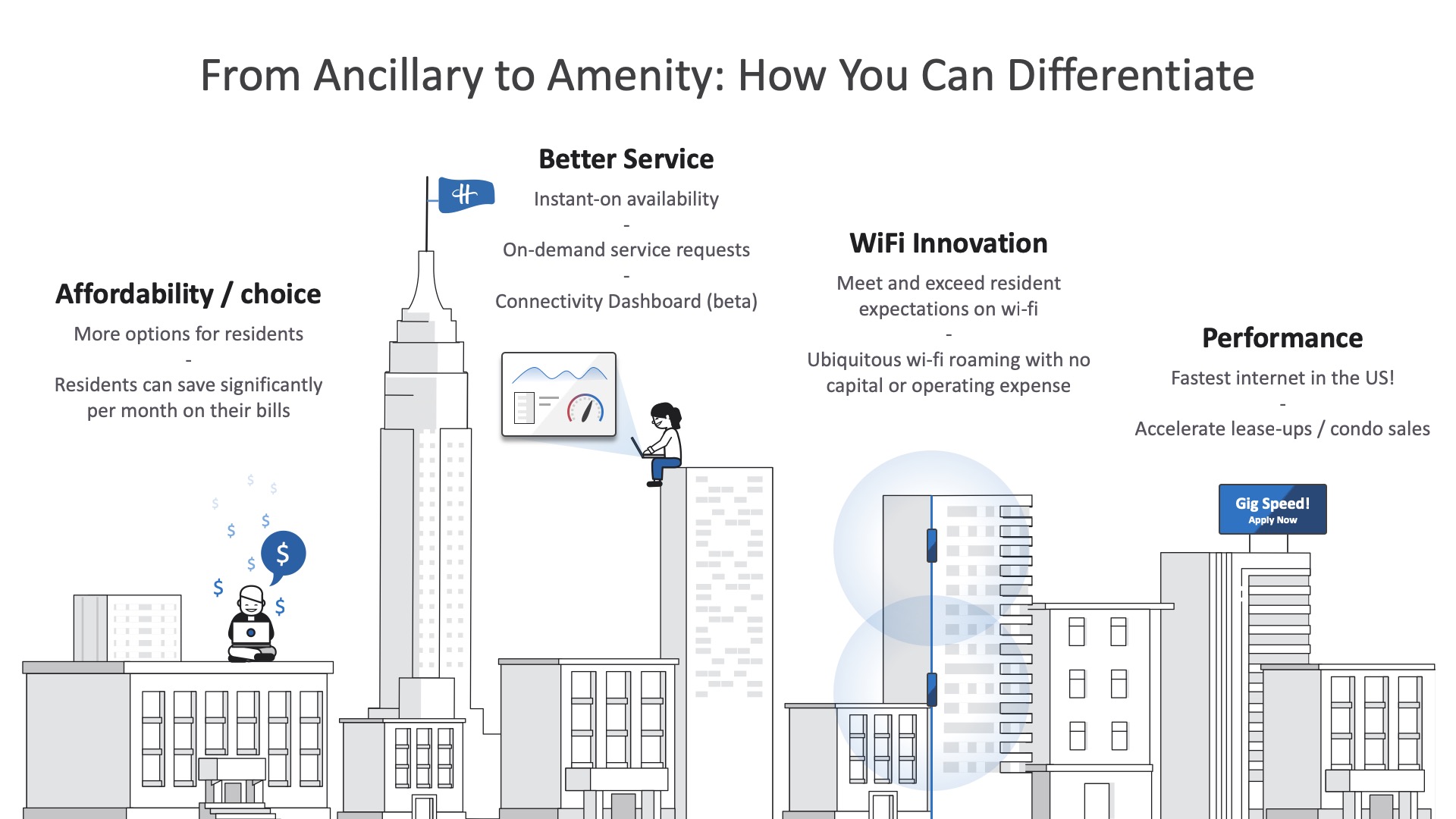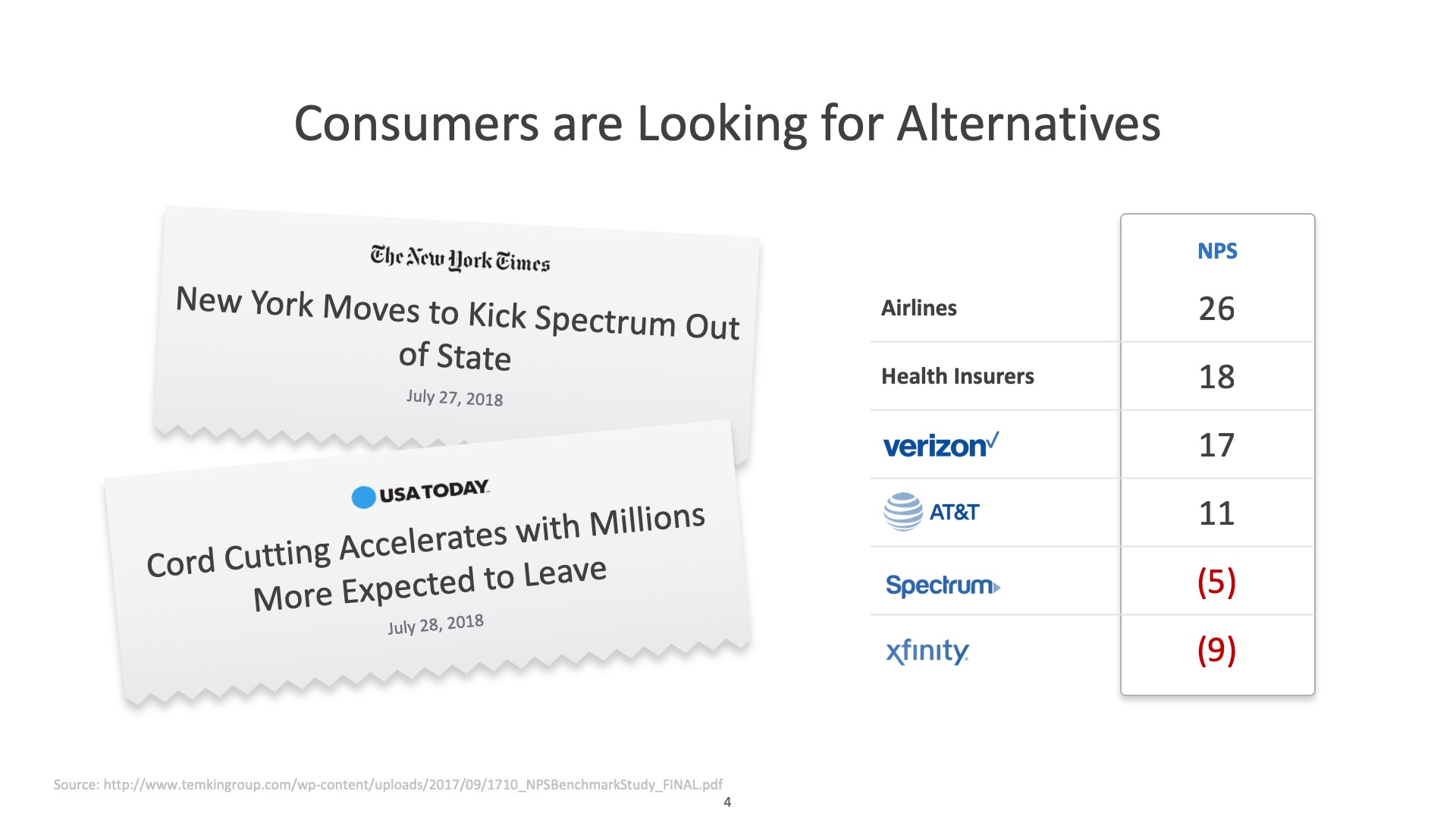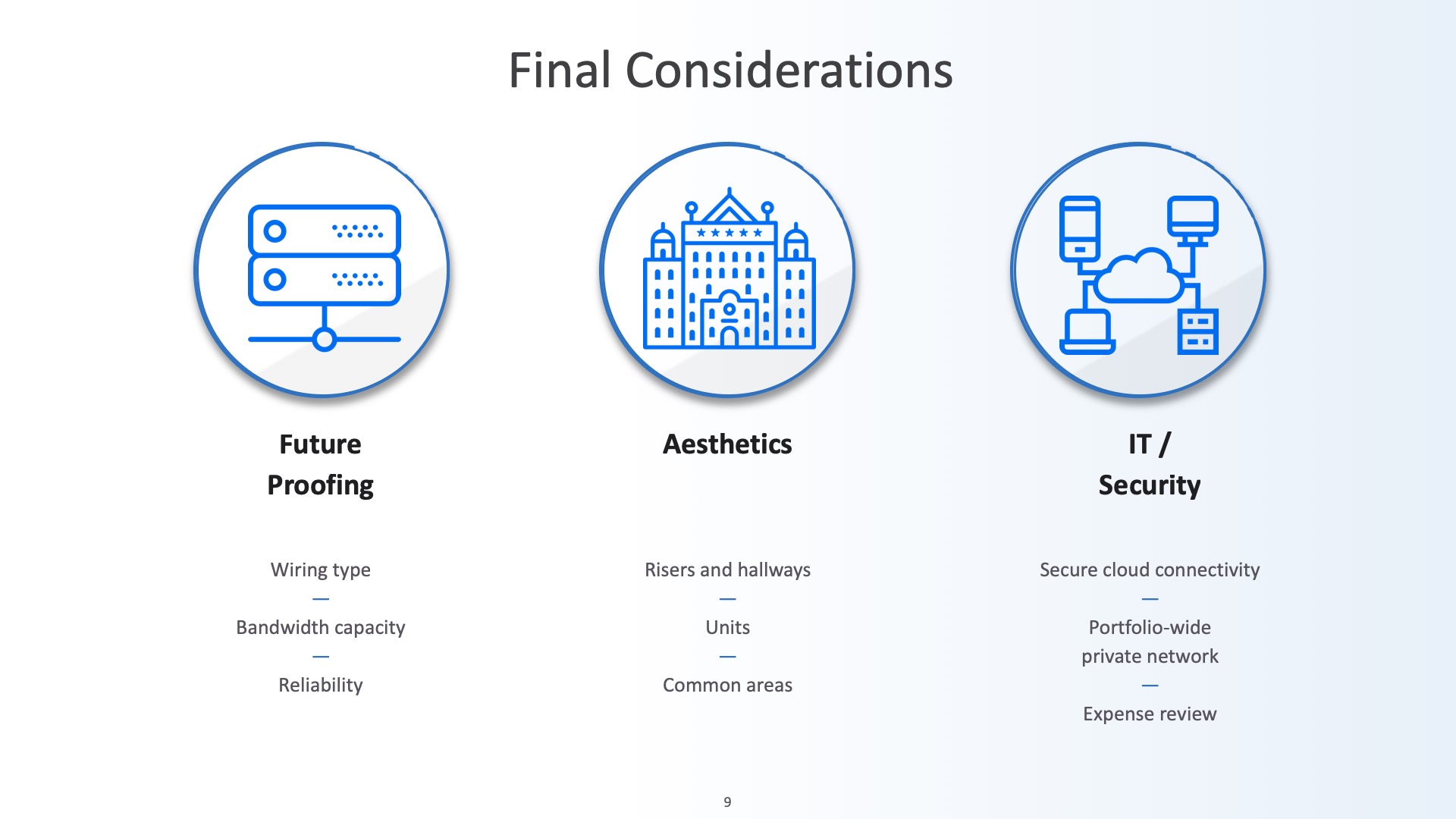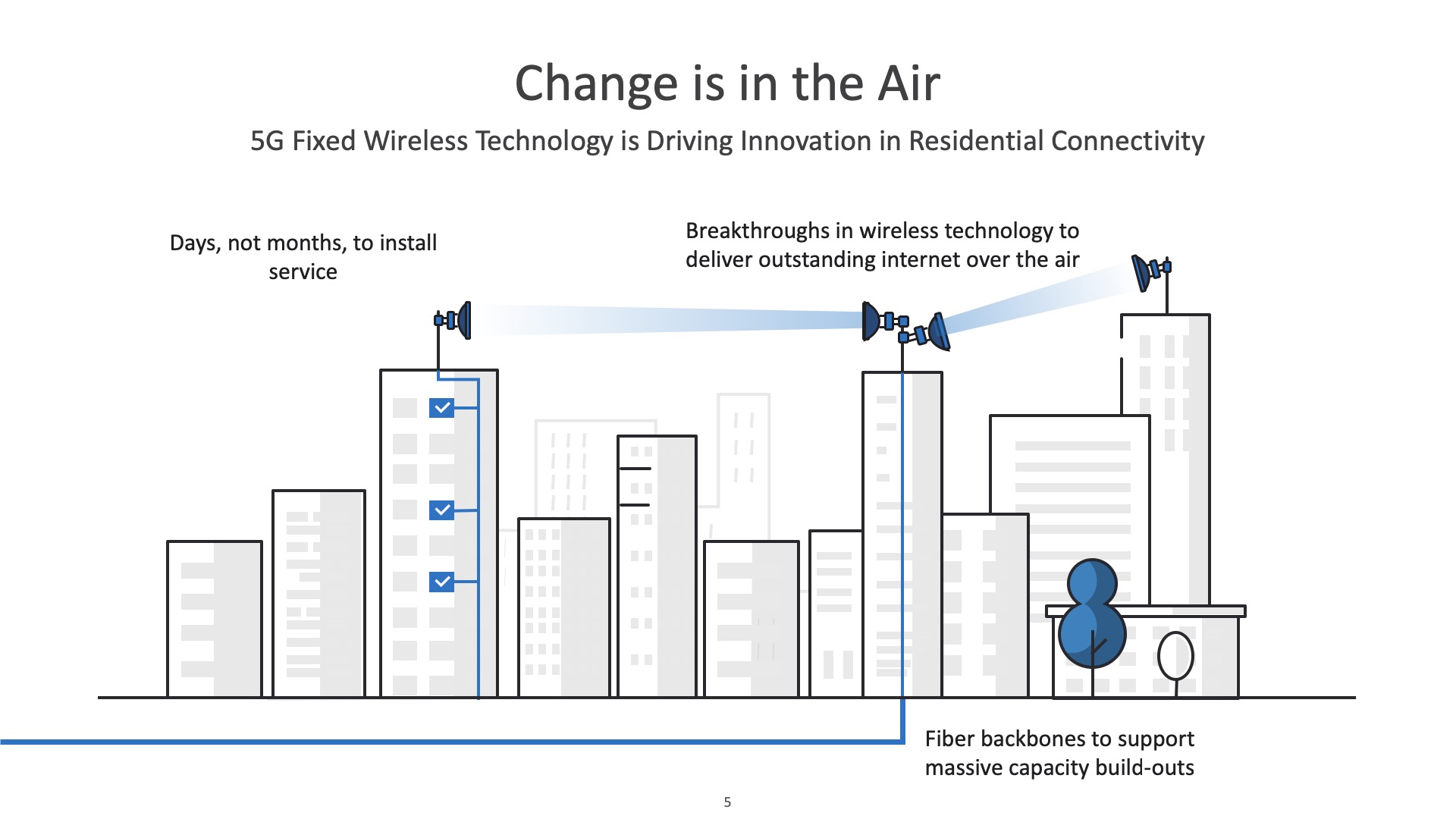VIEW PRESENTATION:
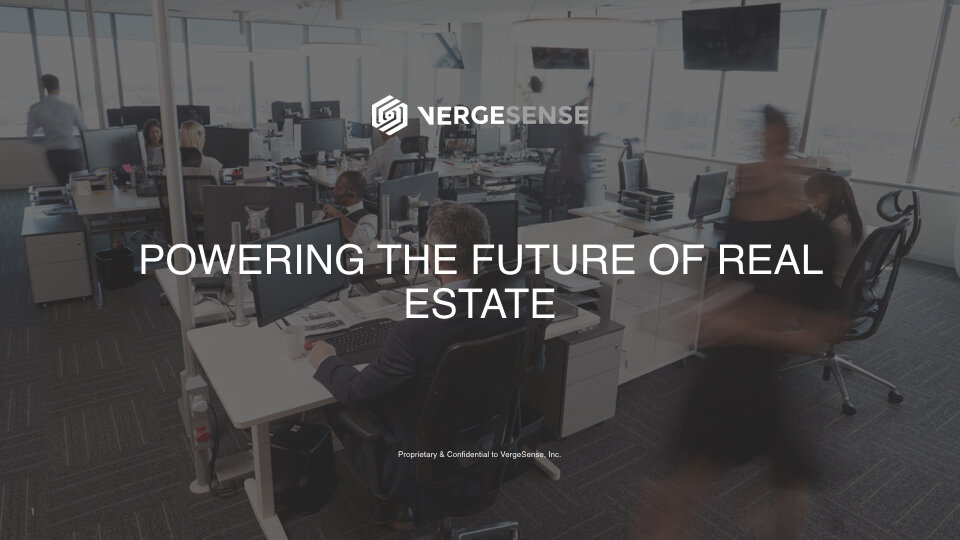
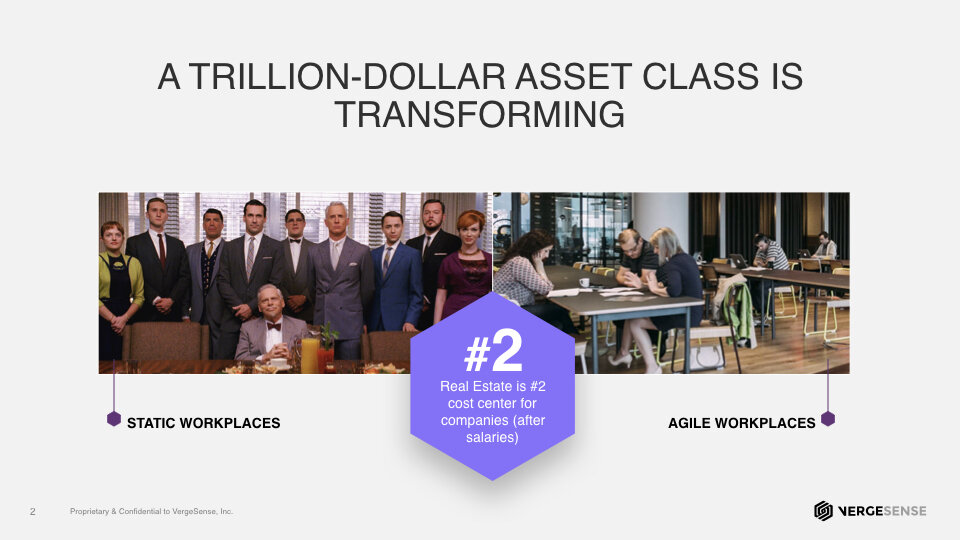

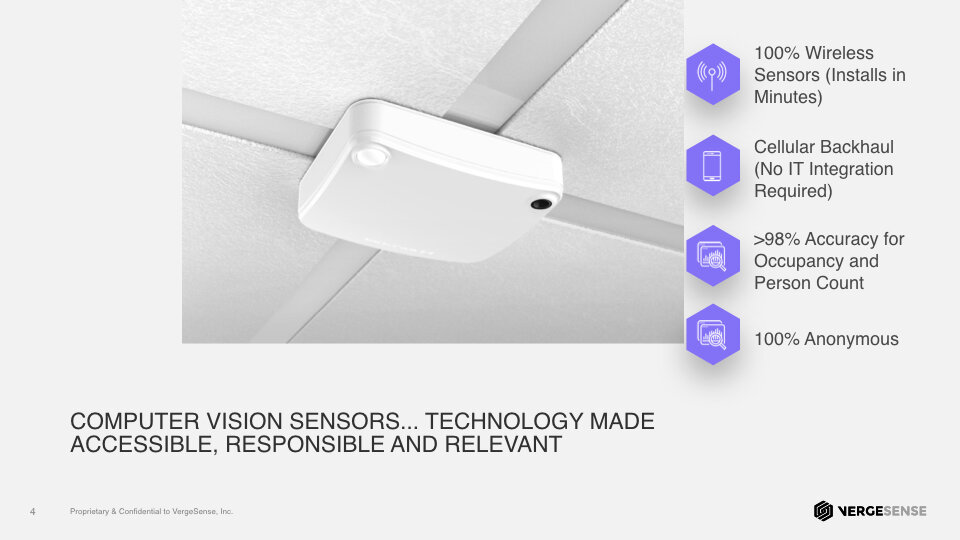
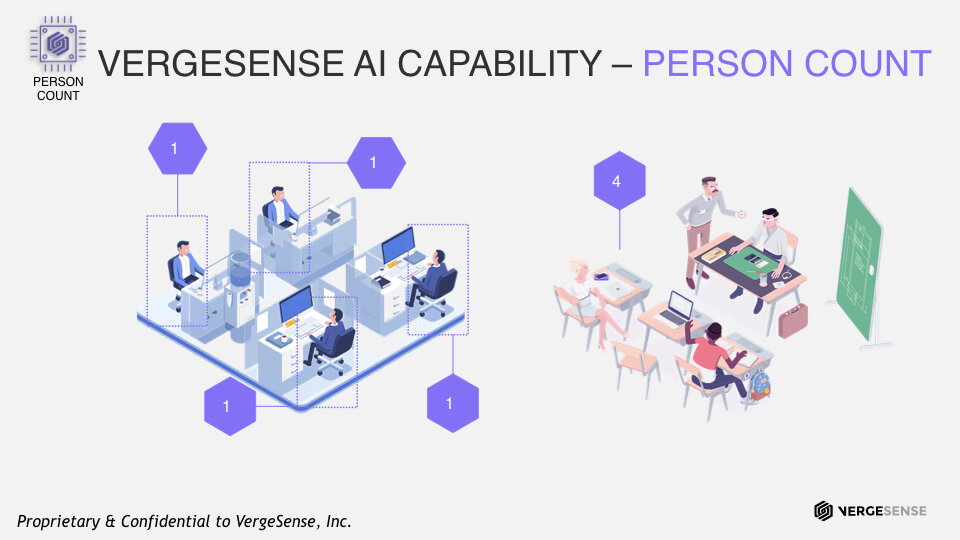
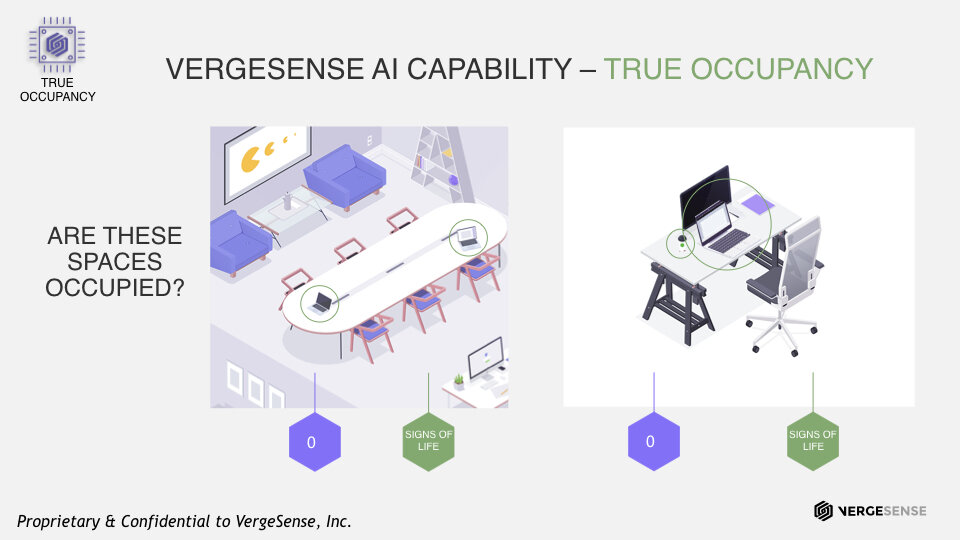

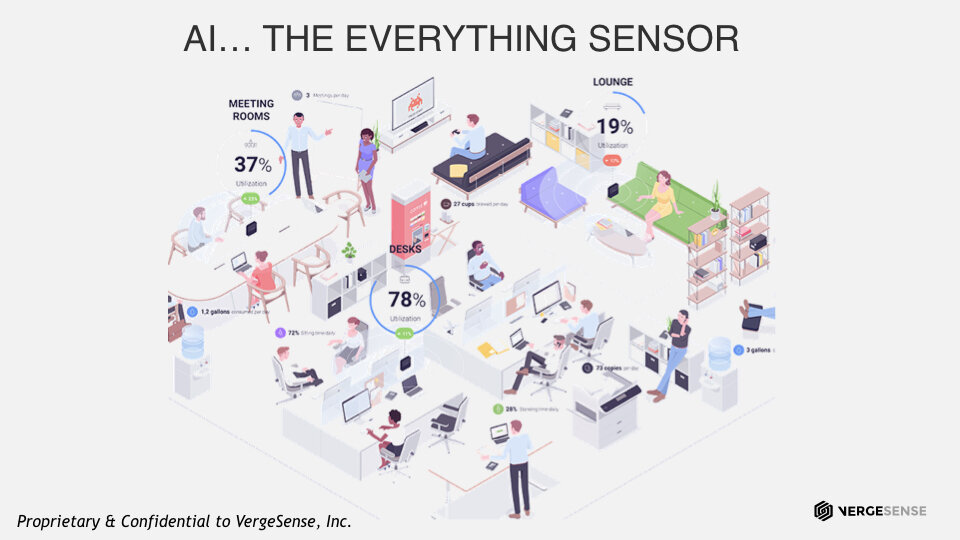
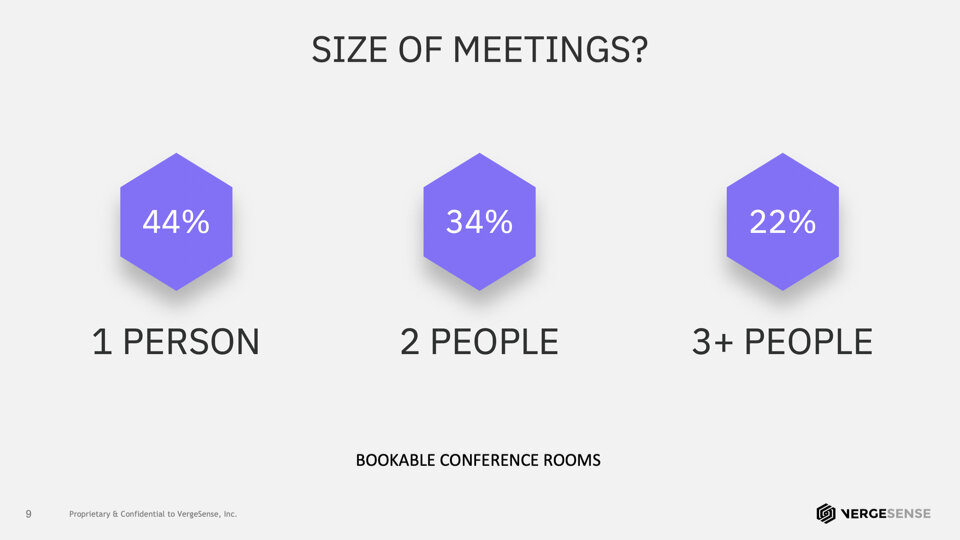
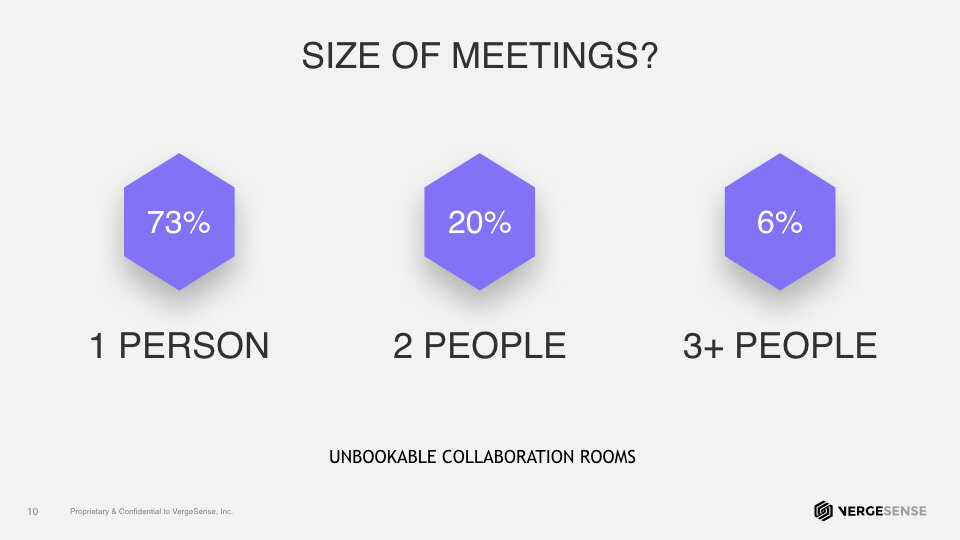
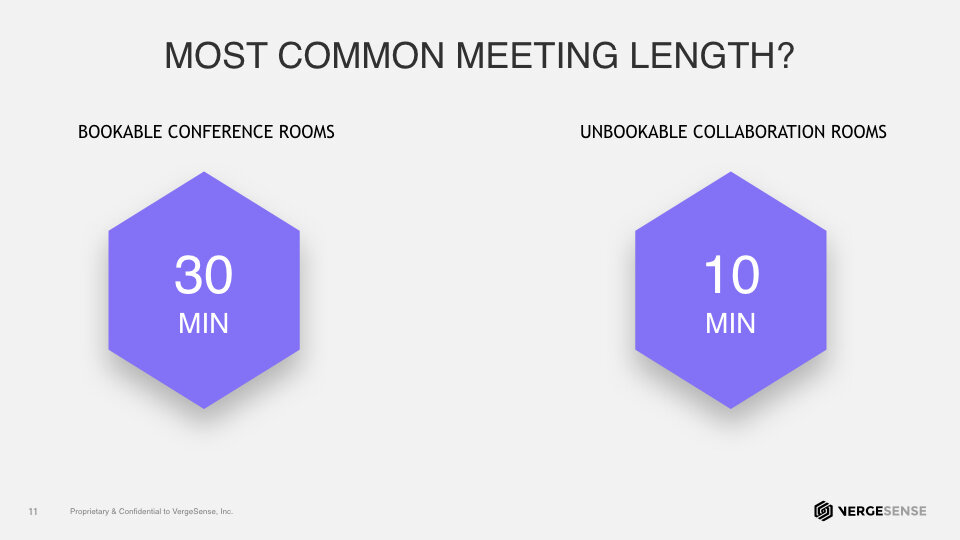
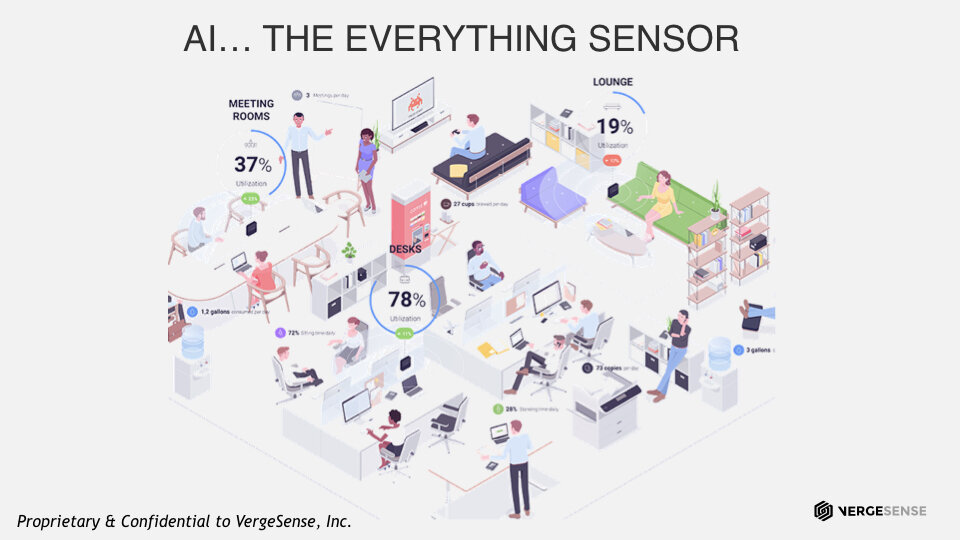
VIDEO TRANSCRIPT:
Good afternoon everyone I'm Kanav Dhir from vergesense. I'm a product manager here. I lead a lot of our product efforts in the hardware and software side and I'm gonna talk to you about how bird sense is helping solve a lot of the questions of today. We have of our spaces around how the spaces are being used and also preparing us to solve a lot of a question we're gonna have tomorrow
So we all know the transformation that's happening in our industry right. So there's a trillion dollar asset class. We have millions a square foot in our corporations and the way these real real estate is being used is completely changing. We have more dynamic workplaces it's not individual offices anymore. We're designing spaces to be used for interaction. And with all of these changes we need a way to understand how these spaces are being used
there's some data that shows that with coworking spaces the day old 200 square foot per person is now going all the way down to 75 square foot per employee. There's a big change and we need to understand how it's being used and what can we do about it.
The industry has a problem it's a little bit of a mismatch in the slide here but there is a lot of different types of data sources available and they're disparate. They're complex they're not fit for purpose. We have manual surveys which are actually really insightful data but they're infrequent they're costly and we have a lot of companies spending a lot of money on Wi-Fi data badge data and they're trying to eat soup with a fork. They're just trying to understand how spaces are being used from data that's not meant for that. And then there's data that's related to low quality sensors.
I'm trying to use sensor designed to turn on lights to understand how my space is actually being used
so advert since we're designing sensors that allow customers to get the power of computer vision.
The technology has made accessible responsible and relevant for understanding how spaces are being used. This technology is 100 percent wireless.
It can be deployed in minutes is a cellular backhaul so bringing low I.T. friction and the data itself is ninety eight nine 10 percent accurate and a hundred percent anonymous and we're able to do a lot more with it than we would think so versus the one of the main models that virtuous is deploy the main kind of value that we're bringing to customers around people counting so would the single sensor over a pot of desks and six to eight desks we're able to get not just occupancy but person count down to the desk level we're also able to deploy the same sensors in any space whether it's a soft seating area cafeteria lounge and we're able to get a person count for that space and even spatial awareness of where in that space people are
that's just the beginning.
Here's an example of a new model that we deploy to the customer so a customer is using virtual sensors to understand how their space is being used for several several months and they actually brought in CBRE to do a manual survey during the time vertex was there and there was two purposes of this. One was to make sure Virgin's is working and we found that Vertex was actually with a double blind test 99 percent accurate. The other was to understand are there data usage that the data is not able to collect other things in the ways people are using the space that we're just not able to measure.
And one really interesting insight that they found was 25 percent of desks and 10 percent of conference room usage was passive meaning no one was there but they're not available for people to use so with this customer with the same exact sensors they're using for personal count because they're powered by computer vision. We deployed a new model that allowed them to not just get a person count for space but also understand if their signs of life. So both from a historical analysis recycled back understand what percentage of usage is falling within this criteria so they can make behavioral changes but in a real time perspective for live addressing for real time understanding what's available they're able to not you know lose out on occupant experience by sending people to a place that may not have people in it but is still not available for them to use
this is these are just some of the beginnings of what customers are able to do with our sensors we have customers that are working with us and figuring out for facilities use cases. Can you identify how messy a space is. How much has it changed so I can actually prioritize which spaces too and to not clean. Rather than having a cleaning service go out every single day. We have customers that are spending millions of dollars designing furniture and spaces designed for collaboration and they want to measure. Is it actually being useful or spending money on. So we're working with the customer to design a model that can actually put a collaboration score on these meetings these interactions are people interacting.
Are they using the space for individual work. Should we be designing different types of spaces and then anything from customer occupants using spaces that are probably not designed to be used to making phone calls and even down to. Does the water jug need to be refilled.
All that is possible
with a I so I allows us to have the power of not just what we can detect today but be able to expand that possibility into what we're able to detect tomorrow. I want to share a couple of interesting data elements with you now that we have a lot of you know customers Fortune 1000 that have generated really valuable and accurate person account data
so across these companies these 10 companies you know Grant six months of data we polled 44 percent of meetings or one person meetings regardless it's conference room size 34 percent of meetings were two person meetings and only 22 percent of the meetings that we saw were three people or more. We all know there is a right sizing problem but being able to quantify it and attack it from actually how big the problem is it is pretty important data. We also do the same thing and understood a new trend of space which is unbreakable conference rooms.
How are these performing so we found that you know unbreakable conference rooms collaboration rooms essentially are being used 73 percent of time by one person 20 percent of the time by two people and 6 percent of the time at 3 or more people. This is very insightful because while unbreakable spaces are significantly higher utilized than about conference rooms because you don't have ghost meetings you know squatters what you have to do is you have to design the space to account for the types of usage of these spaces they should have less square footage allocated to them because this is how architecture using it
there's some very interesting data that we're starting to pull and see this. I actually found this to be pretty interesting for Book of confidence. We found that the most common meeting size is 30 minutes. And this is you know a lot along the lines of what you'd expect but for unworkable conference rooms because we're measuring person count and actually have this data reliable data. We saw that meetings were 10 minutes long most common. So maybe we should be using this design for better more comfortable furniture for short stays for poor standing meetings etc.
So the last thing I'll leave you with is with the power of computer vision we're not only able to answer your question of today which is how our space is being utilized what are people doing. What is the experience how can we improve it but you can invest in an appreciating asset instead of a depreciating hardware device that can actually answer your questions tomorrow. Thank you

